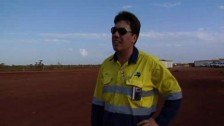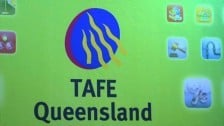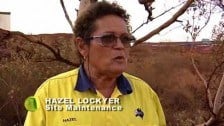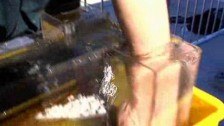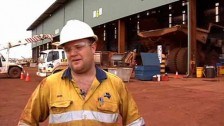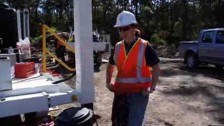Mining Comms
Bela Felsner has worked for railways, BHP underground and spent 10 years in the Air Force before working in his current job at Fortescue as a Communications Technician. We find out what his job as Communications Technician involves.
The remote location and lack of optical fibre network in the Pilbarra means communication via mobile phone can be very inconsistent.
Making the need for an independent communications network via microwave link and CB walkie talkies essential for co-ordinating rail transport and the day to day running of the mine and export operation.
Bela’s day involves making sure the radio comms network is working correctly by checking sites on a computer program. He also conducts diagnostic tests on equipment to decipher whether problems are occurring with the radio network coverage or the actual equipment.
CB radios are located in all vehicles, trains and hand held by employees. Any problems with equipment or coverage come back to Bela for fixing in his workshop.
SkillsOne recently visited tradies who work in the mining industry in the Pilbarra, in Western Australia, run by the Fortescue Metals Group.
Fortescue focusses on iron ore.
Fortescue's port, rail and mine project commenced construction in February 2006 with the turning of the first sod at the Company's port site at Anderson Point in Port Hedland. Just two years later, the open-access rail infrastructure is complete, the Fortescue Herb Elliott Port is operational and the mining operations at the Company's first minesite, known as Cloudbreak, are well underway.
